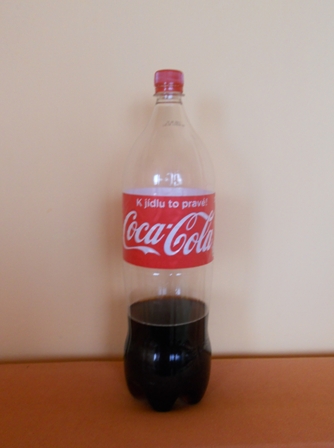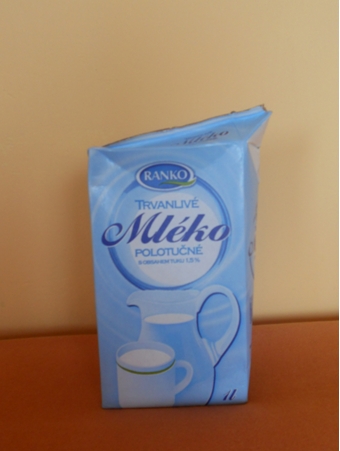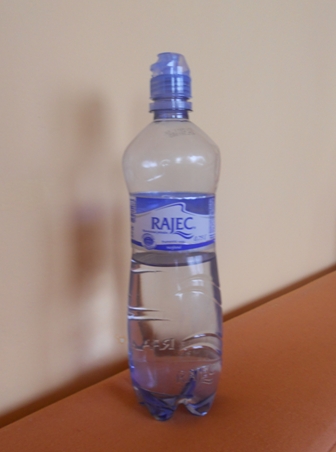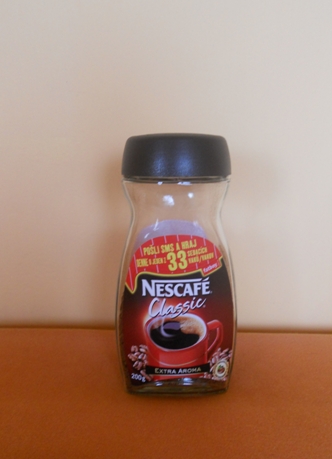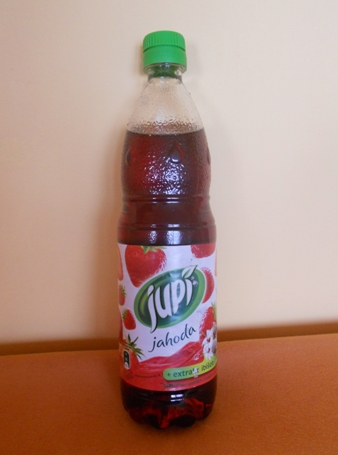| Learning Aims: | ||||||||||||||||||||||||||||||||||||||||||||||||||||||||||||||||
|
||||||||||||||||||||||||||||||||||||||||||||||||||||||||||||||||
| Materials: | ||||||||||||||||||||||||||||||||||||||||||||||||||||||||||||||||
Photo: Martina Nedomová |
||||||||||||||||||||||||||||||||||||||||||||||||||||||||||||||||
| Suggestions for use: | ||||||||||||||||||||||||||||||||||||||||||||||||||||||||||||||||
|
Task 1: First, the students will set the questions that would lead to the analysis of the given beverages they were asked to bring. According to their own opinion, they will answer these questions. Thus the hypotheses will be established for the respective questions. Task 2: Students will propose the procedure for solution how to verify their hypotheses. They should figure out that they can use the nutritional table for each beverage. Individual information on the composition of the beverages will be supplied into the table. The table will contain the amounts of 100 ml. Some beverages may not show the substances in 100 ml content, so it is important to recognize this fact and to convert them into desired units. Table: amount to 100 ml
Task 3: Using these data in the table, students will go back to the questions and compare their answers with the results and draw the conclusion. Task 4: The table contains the energy values. Students will write what type of energy it is and why we need it. They will verify their answers in the literature or in the Internet. Further they should be able to estimate how much of this energy they themselves need. The hypothesis will be verified using the formula which can be found e.g. in the Internet.yHvgfcscxcd
a) What is the energy value? Why do we need this energy? b) How much energy do you need?
Can be found in the Internet or other sources. a) Refers to the energy, which the given product contains. It is the energy necessary for the functioning of the whole organism. b) Basal metabolism is the amount of energy needed for functioning of human organs and ensuring of basic life functions. It excludes the energy needed for daily movement. Computation of basal metabolism: Male: BM = 66 + (13.7 x weight (kg)) + (5 x height (cm)) – (6.8 x age) kcal Female: BM = 655 + (9.6 x weight (kg)) + (1.85 x height (cm)) – (4.7 x age) kcal 1kcal = 4.2 kJ In order the body could provide not only basic life functions but also daily activity (walking, running, ...), it needs to have 30% extra energy of basal metabolism. |
||||||||||||||||||||||||||||||||||||||||||||||||||||||||||||||||
| Possible questions: | ||||||||||||||||||||||||||||||||||||||||||||||||||||||||||||||||
|
